#bagworm moth
Text
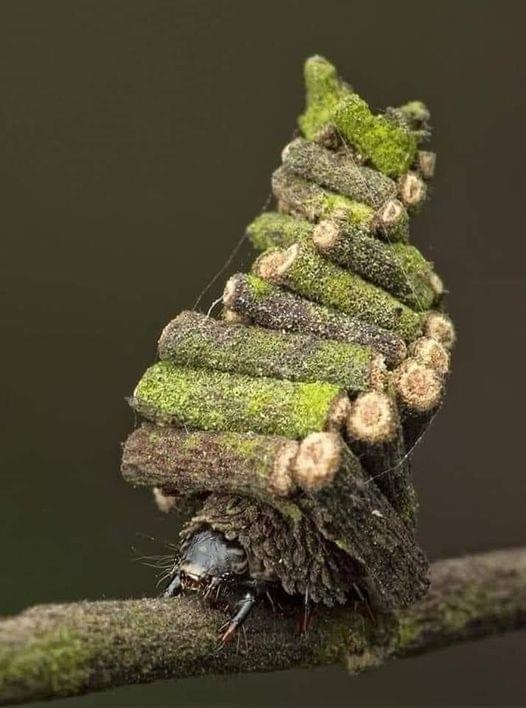
Bagworm moth caterpillar collects and cuts tiny sticks to build a tiny log cabin to live in! '
This young engineer is an example of the greatness of the natural world and some crazy-ass creator!
#moth#design#vieformidable#architecture#interior design#art#photography#bugs#catepillar#interiordesign#nature#natural world#intelligent design#cabin#cozy cabin#bagworm#bagworm moth#engineering
131 notes
·
View notes
Note

found these peculiar caterpillar-like things eating my flowers and was curious what they could be! my friend said they reminded her of bagworms but it could be something different so wanted to check with you :•) sorry the image isn’t the clearest tho i tried videoing them but my phone died so had to get my dad take a picture fhdbdj
location: nsw, australia
Yup, looks like bagworms to me! Can't tell which species, though, since I'm not very familiar with your species there and what type of debris they might decorate their bag with.
39 notes
·
View notes
Text

insektober day 30: fun
Just a bunch of funny bugs playing volleyball lolz
#art#traditional art#insektors#insektober#bugs#daily drawing#insektors oc#Goldenrod#Kachuua#Akane#Iridamorous#yellowjacket#tortoise beetle#bagworm moth#jumping spider#volleyball#kruds#verigreens#joyces#yuks
2 notes
·
View notes
Text

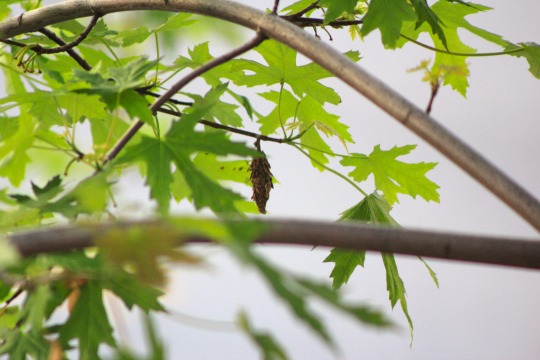
BAGGED. WORM. IN MY TREE
#not the clearest pics i've ever taken but he's really blowin around out there#he's right outside my window like 25 ft off the ground#v impressive#bugs#bagworm#bagworm moth
16 notes
·
View notes
Text
This "Bagworm Caterpillar" is a fascinating creature. It collects and saws little sticks to construct elaborate spiral log cabins to live in. These small creatures begin as moths. Once they hatch they immediately begin constructing elaborate shields for themselves for protection, often times looking like log cabins. They build their homes out of silk, sand, soil, and plant materials. If you look very closely, you can see the strands that it used to tie the structure together. Bagworm moths make their homes in many types of trees, especially cedar trees. Larvae crawl to nearby plants and their bags can be seen hanging on trees that they feed on. Some may spin a silk thread that catches the wind and carries them off to new trees.

0 notes
Text

Bagworm moth caterpillars collect and saw little sticks to construct elaborate spiral log cabins to live in.
0 notes
Text
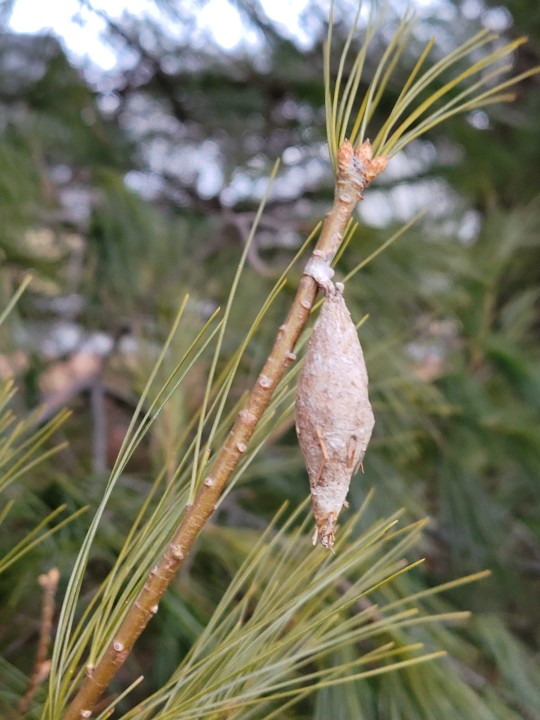

found these cocoons yesterday! think it might be an evergreen bagworm moth!
ID: Two photos of a beige cocoon on a pine tree branch. It has small bits of pine needles sticking out at the bottom. End ID.
1 note
·
View note
Text
Bagworm Moth Caterpillar Appreciation Post 🐛 🪵

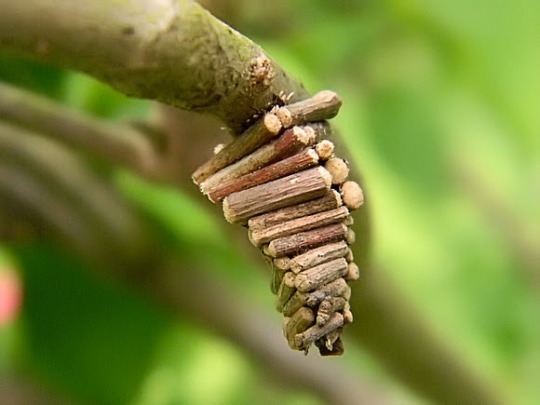


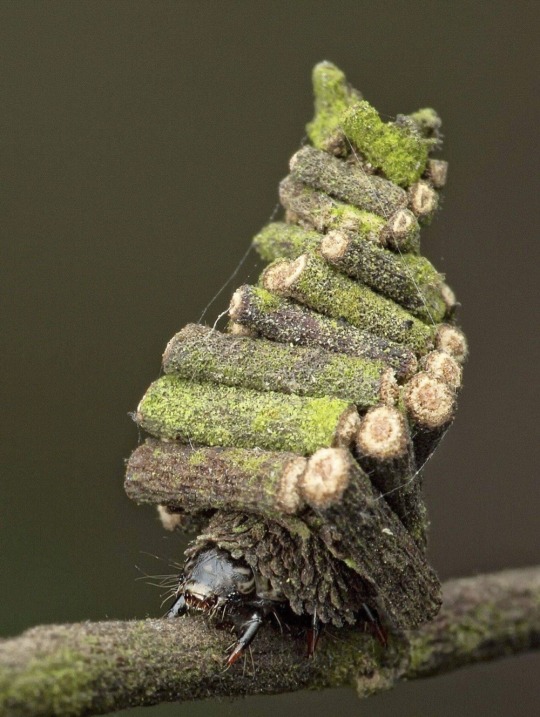



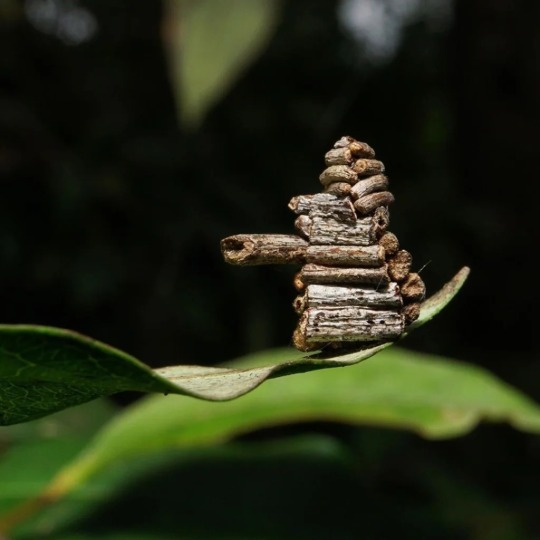

The bagworm moth caterpillar collects and saws sticks to create tiny intricate log cabins to live in
#bugs#insects#bug#caterpillar#bagworm#log cabin#tw bugs#cw bugs#insect#insect tw#cw insects#insect cw#entemology#moth#intricate rituals#trees
2K notes
·
View notes
Text

#bagworm moth caterpillar#moss#forest#nature#cottage#cabin#cottagecore#forestcore#gardencore#caterpillar
1K notes
·
View notes
Note
I was inspired by the dolphin post to spread my anti-jellyfish agenda.
Y’know what the most confusing animal species is? JELLYFISH. They have no brains, no lungs, really no blood either and yet somehow they’re still alive?? Wtf. Not even sponges make this little sense. I want to pick their brains apart BUT THEY DON’T HAVE ANY. I don’t even know how they hold themselves together there’s nothing to mold its cells around because THEY ALSO DON’T HAVE BONES how do they do it
I am continuously confused by these creatures that should not be alive and yet have survived for millions of years
String identified:
a t t t a at- aga.
’ at t t cg aa c ? . T a a, g, a t a t t’ t a?? t. t g a t tt . at t c t a aat T T ’T A A. ’t t t tgt t’ tg t t c a ca T A ’T A t t
a ct c t cat tat t a a t a a
Closest match: Luffia ferchaultella genome assembly, chromosome: 5
Common name: Virgin smoke
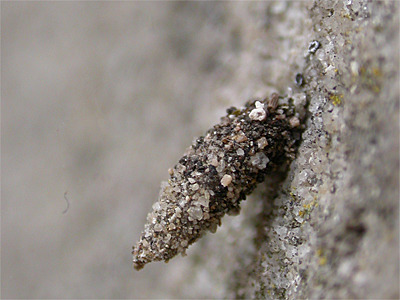
#tumblr genetics#asks#genetics#requests#sent to me#bugs#insects#bagworms#moths#virgin smoke#so cool it looks like concrete....
419 notes
·
View notes
Text


@lost--vegas submitted: An interesting little fellow (and possibly his home) that I found at work. Not sure if it's possible to ID it just by it's head sticking out but I figured it was worth a shot! Found in St. Louis, Missouri USA
Sure, it's a bagworm moth caterpillar inside its case! And a very fancy case it is, good for this dude. Very artistic. They are most likely an evergreen bagworm moth! What their case looks like depends on what resources they have available nearby :)
236 notes
·
View notes
Photo
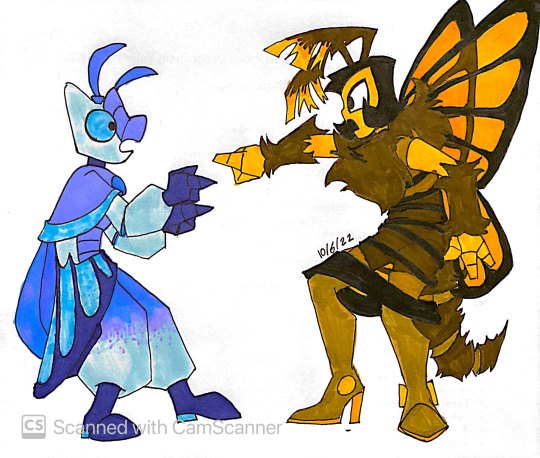
DAILY DRAWING AN HOUR BEFORE THE NEXT DAY LOL
today has been busy... but ITS DONE AT LAST
today’s prompt was ‘Swap’, so I drew Prince Max and Iridamorous, but Max is a verigreen and Irid is a krud. As usual the colors are auto-generated, but Irid’s color scheme is actually pretty close to how I imagine he’d look as a krud-- if not, slightly brighter.
I figured it’d be fitting to draw these two swapped, since I think if the story had continued, Max could easily become a verigreen himself if given enough time. On the other hand, Iridamorous literally spies on the other kruds by posing as one himself, so I figured a true krud form for him could be interesting. I also considered drawing Aelia for this prompt, but I can’t really think of a good krud design for her-- Irid was very easy to design because male bagworm moths really do look like this, their wings are transparent and their bodies are covered in dark brown/black fur. I couldn’t think of a more krudlike analogue for what Aelia is... maybe I will someday if I feel like doing more ‘swaps’ like this?
#Insektober#Insektors#insektors OCs#daily drawing#art#traditional art#pen art#marker art#bugs#Prince Max#Prince Maximilian#Prince Acylius#Iridamorous#Irid#orchid mantis#bagworm moth#kruds#verigreens
6 notes
·
View notes
Note
hello! would you be able to help me identify this... thing? my mom is convinced this is the egg sac of some sort of bug but neither of us have any idea what kind it may be. is this even a bug thing? if so, what kind? thanks ♡

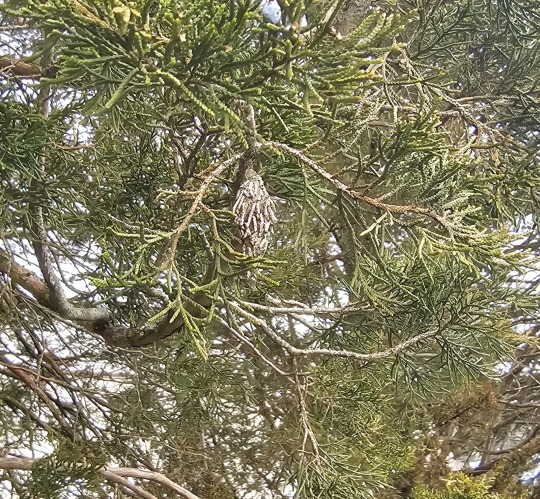
posting this one on my main since I need a reminder to get through all of the bug submissions on @crawlingkind + also I have some specimens to share!
that is a structure made by Thyridopteryx ephemeraeformis, a species of bagworm moth. I’m not sure if it’s occupied since empty bags can stick around for years but it could contain either a larva, a pupa, or an adult female. the caterpillars can eat a wide range of plants, and incorporate items from their environment into a sturdy, weatherproof silken bag, which they drag behind them wherever they go. once they are ready, they tie the bag to a perch and pupate. only the male emerges as a recognizeable moth, and flutters around in search of females.

a male and a small case, probably from another male.
the adult female is often described as remaining larviform, but she is even more wormlike than the caterpillars: she is a featureless tube of fat and egg-laying machinery, lacking functional eyes or antennae, and with no legs or wings to speak of. she will die in the bag, surrounded by her eggs, who will hatch the following season.


317 notes
·
View notes
Text
Found this dead bunch of grass crawling across my driveway today. I identified it as a Saunders case moth, or bag moth or bagworm. After a couple of photos I moved it into some vegetation.
I learnt something new! This was a male. The females are a different colour, and they don't grow wings even after they pupate, and they never leave the case.
Thanks to @onenicebugperday for inspiring me.

261 notes
·
View notes
Text

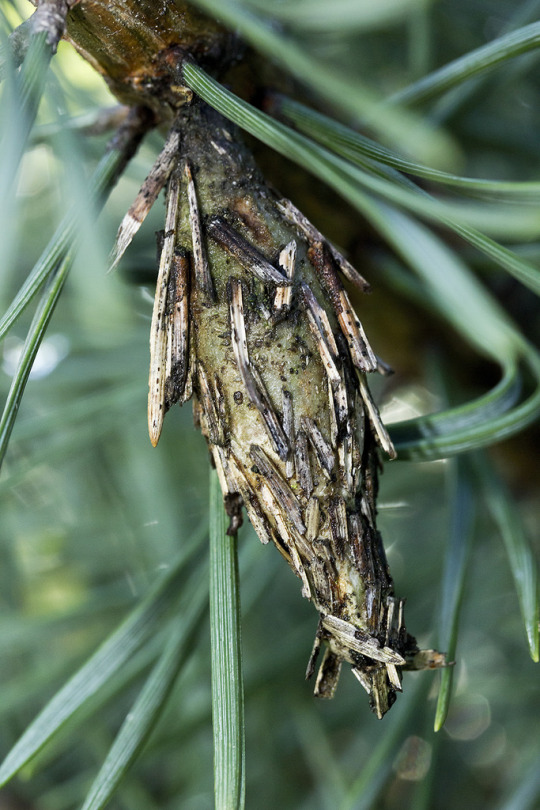
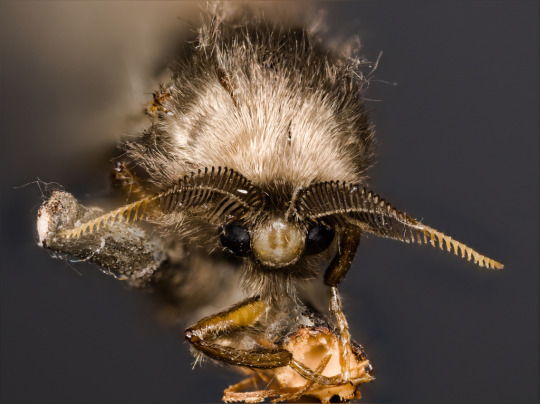
The Evergreen Bagworm Moth: The Ultimate Stay-At-Home Mom
The evergreen bagworm moth or common basket worm (Thyridopteryx ephemeraeformis) has one of the more unusual life cycles of the order Lepidoptera. They begin their lives as part of a clutch of 500-1,000 eggs, laid in September or October, and hatch the following April. While they're still caterpillars, both males and females begin constructing large, elaborately decorated cocoons from silk and fecal matter, as well as bits of leaves and bark from their host plant. This case is built around their bodies as they feed, growing up to 6 cm (2.3 in) in length, and is eventually attached to directly to the host plant. The caterpillar molts through seven instars without ever leaving this case, and when it's large enough the larva seals itself inside and pupates for about 4 weeks.
Fully mature adults emerge from their cocoons in mid-August. While males finally leave behind their protective cases entirely. However, females remain firmly entrenched in their cocoons, and emit pheromones to attract a mate. Once a male arrives, he inserts his abdomen into the cocoon's entrance to inseminate the female. After laying her eggs, the female dies, never having left the protective case that she built for herself. Once her eggs hatch, they disperse along the same host plant or "balloon" on strands of silk to find a new home. Individuals only live a single year.
Adult evergreen bagworm moths are fairly plain, though males and females are easily distinguished. Males are covered with dark brown or black fur, with comb-like antennae typical of moths. Unusually, though, male T. ephereraeformis have transparent wings; these can reach a wingspan of 2.5 cm (0.9 in). Female adult basket worms largely resemble the larvae of the species. They lack wings, as well as eyes, antennae, or a mouth. Her body is about 1.9-2.3 cm (0.74-0.9 in) long, yellowish, and extremely soft and unprotected-- hence the need for a strong cocoon.
While neither sex feeds as adults, caterpillar common basket moths are voracious eaters. Their primary food are evergreens, especially junipers, arborvitae, and red cedar, but they can also be found on a variety of other trees including oaks, willows, maple and elm. The most common predators of the evergreen bagworm moth are wasps and hornets, which are able to more easily infiltrate their protective casings, but both adults and caterpillars may also fall prey to woodpeckers, mice, and sparrows.
This particular species of bagworm moth is common throughout eastern North America, particularly in areas with mixed or evergreen forests. The common basket worm can also thrive in urban environments, as there tend to be fewer predators to control their populations.
Conservation status: The evergreen bagworm moth has not been evaluated by the IUCN. Due to its large and widespread population, the species is likely stable; in many areas it is considered a pest due to the rapid rate at which a population can decimate the local vegetation.
If you like what I do, consider leaving a tip or buying me a kofi!
Photos
Dave Webb
Ben Gruver via iNaturalist
Barbara Speckart
#evergreen bagworm moth#common basket moth#Lepidoptera#Psychidae#bagworm moths#moths#lepidopterids#insects#arthropods#evergreen forest arthropods#mixed forest arthropods#urban arthropods#north america#eastern north america#animal facts#biology#zoology
69 notes
·
View notes



